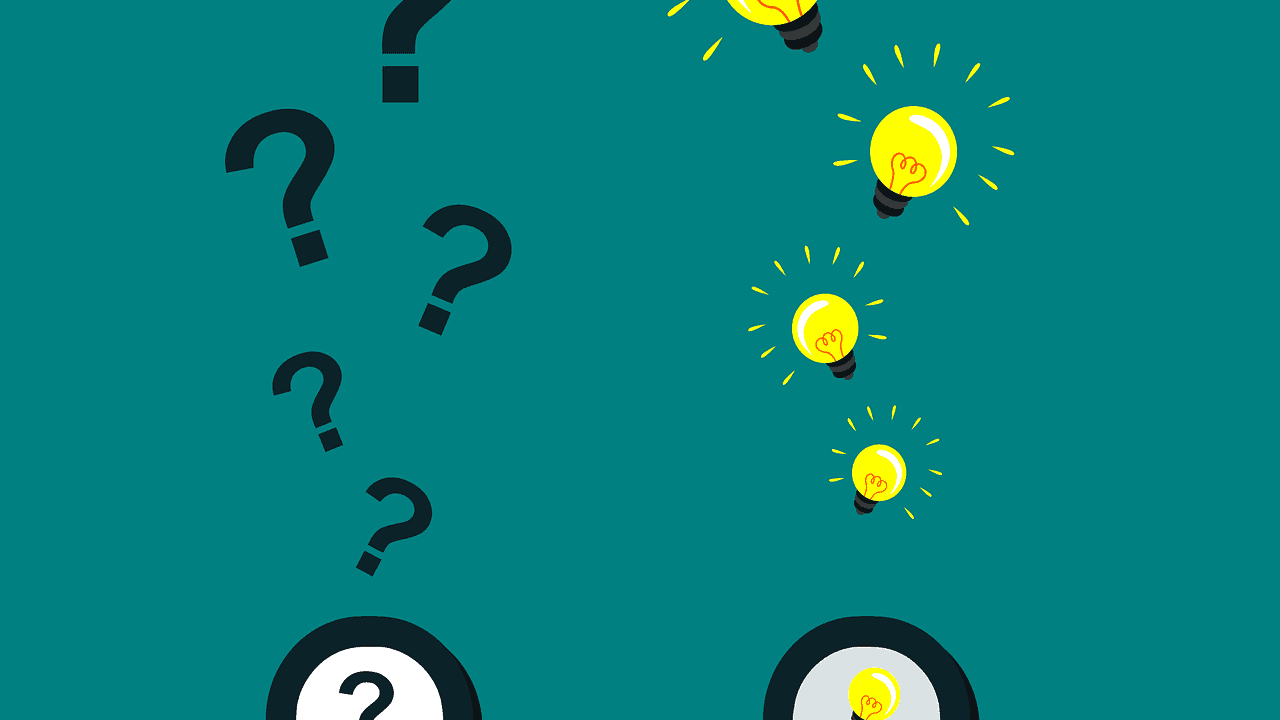Lavash bread is a traditional Middle Eastern flatbread that has gained popularity around the world. Many people are curious about whether or not lavash bread is gluten-free. In this article, we will explore the answer to this question and provide you with all the information you need to know.
What is Gluten?
Before delving into the gluten content of lavash bread, it’s important to understand what gluten is. Gluten is a protein found in wheat, barley, and rye. It helps dough rise and gives bread its elasticity. However, it can cause adverse reactions in individuals with gluten-related disorders, such as celiac disease or gluten sensitivity.
Ingredients of Lavash Bread
In order to determine if lavash bread is gluten-free, it’s crucial to examine its ingredients. Traditionally, lavash bread is made from wheat flour, water, and salt. This means that it contains gluten. However, with the rising demand for gluten-free options, some manufacturers now produce lavash bread using alternative flours, such as corn, rice, or gluten-free flour blends. These gluten-free versions of lavash bread provide individuals with dietary restrictions an opportunity to enjoy this delicious flatbread.
Gluten-Free Lavash Bread
While traditional lavash bread contains gluten, there are gluten-free options available for those who need to follow a gluten-free diet. These alternative versions of lavash bread are made from different flours or flour blends that do not contain gluten. Some common gluten-free options to look for when purchasing lavash bread include:
- Corn lavash bread
- Rice lavash bread
- Gluten-free flour lavash bread
These gluten-free lavash bread options are typically made with a combination of gluten-free flours, such as rice flour, tapioca flour, or almond flour. They can be found in specialty grocery stores or online, allowing individuals with gluten sensitivities or celiac disease to enjoy lavash bread without compromising their dietary restrictions.
Cross-Contamination
It’s important to note that even if a lavash bread product is labeled as gluten-free, there is still a risk of cross-contamination in manufacturing facilities. Cross-contamination occurs when gluten-free products come into contact with gluten-containing ingredients or surfaces, thereby potentially containing trace amounts of gluten. Individuals with severe gluten allergies or celiac disease should exercise caution and look for certified gluten-free lavash bread to minimize the risk of cross-contamination.
Using Lavash Bread in a Gluten-Free Diet
If you follow a gluten-free diet or have gluten-related disorders, lavash bread can be a versatile and tasty addition to your meals. Here are some ideas for incorporating lavash bread into your gluten-free diet:
- Wrap it: Use lavash bread as a gluten-free wrap for sandwiches, burritos, or wraps filled with your favorite ingredients.
- Pizza crust: Create a gluten-free pizza by using lavash bread as a crust base, adding your desired toppings, and baking it until crisp.
- Chips or crackers: Cut lavash bread into pieces and toast or bake it until crispy, transforming it into gluten-free chips or crackers for dips or snacks.
- Tortilla chips substitute: Cut lavash bread into triangles, season with spices or herbs, and bake until crispy to enjoy as a gluten-free alternative to tortilla chips.
- Dipping bread: Serve lavash bread alongside gluten-free dips, such as hummus or baba ganoush, as a delicious and gluten-free dipping bread.
Conclusion
In summary, traditional lavash bread is not gluten-free as it is traditionally made from wheat flour. However, gluten-free versions of lavash bread made from alternative flours like corn, rice, or gluten-free flour blends are available for those with gluten-related disorders or dietary restrictions. When purchasing gluten-free lavash bread, it’s essential to be aware of the risk of cross-contamination. Overall, lavash bread can be a delightful addition to a gluten-free diet, providing individuals with a delicious and versatile option for various meals.
